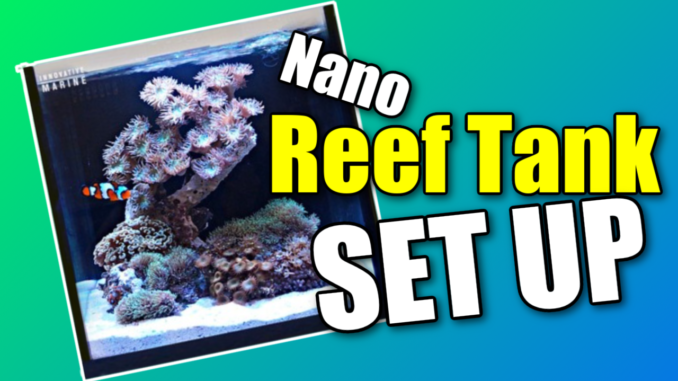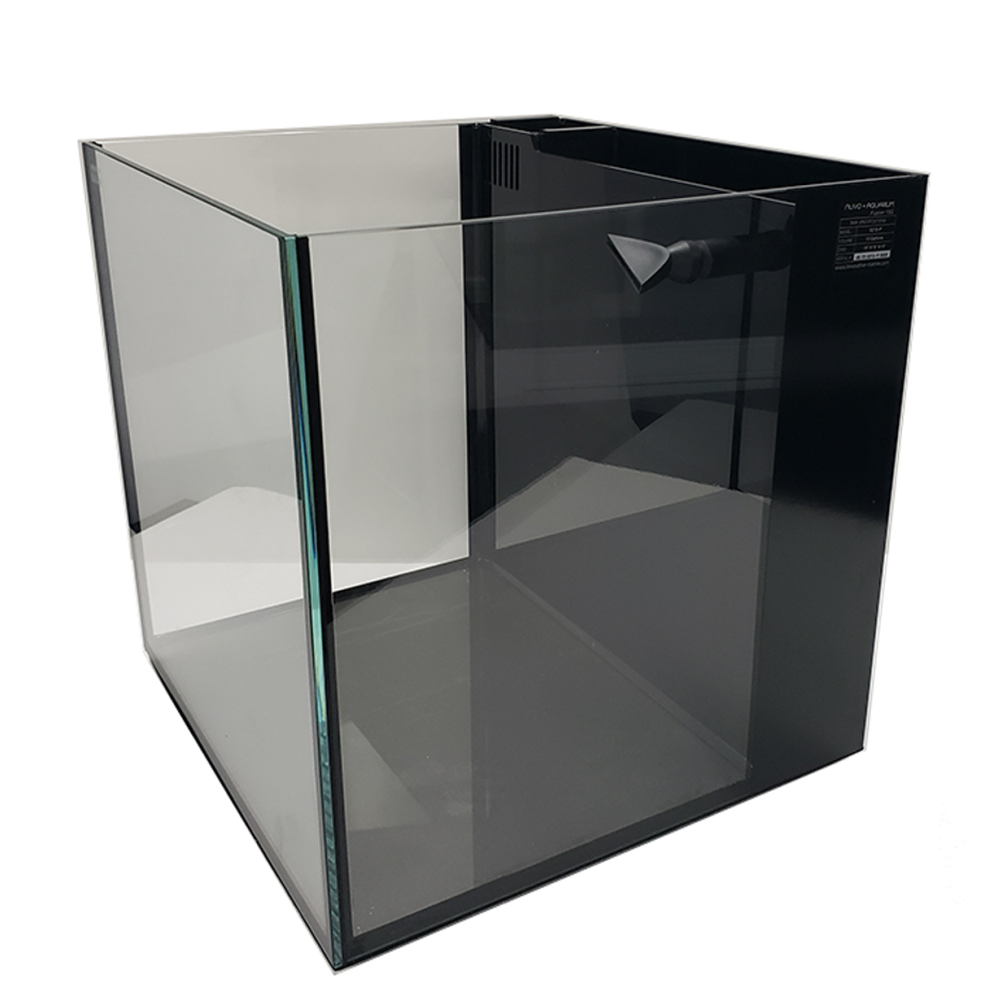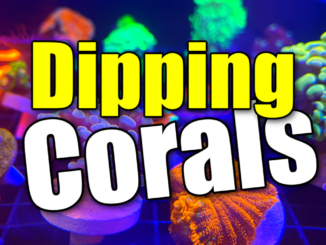
Setting up a nano reef tank can be a rewarding endeavor for any aquarium enthusiasts. Nano reef tanks are smaller versions of traditional reef aquariums, typically ranging from 5 to 30 gallons in size. Despite their compact dimensions, nano reef tanks can showcase the beauty of a thriving coral reef ecosystem. In this guide, we will walk you through the essential steps to successfully set up and maintain a nano reef tank.
Step 1: Research and Planning
Before diving into the setup process, it’s crucial to conduct thorough research. Familiarize yourself with the requirements of different saltwater fish, coral species, and invertebrates you plan to include in your nano reef tank. Consider factors such as lighting, water parameters, and compatibility among tank inhabitants.
Create a detailed plan that outlines the layout of your tank, including the placement of live rock, corals, and any additional equipment such as a protein skimmer, heater, and lighting system. Understanding the needs of your chosen marine life will help you make informed decisions during the setup process.
Is This The Best Small Saltwater Fish Tank?
Step 2: Equipment Selection
Selecting the right equipment is vital for the success of your nano reef tank. Here’s a list of essential equipment:
- Tank: Choose a nano reef tank with appropriate dimensions for the space you have available.
- Lighting: Invest in quality LED lighting to support the photosynthesis process of corals and promote their growth. Research the lighting requirements of your chosen corals to determine the appropriate spectrum, intensity and PAR.
- Filtration: Consider a reliable filtration system, which may include a hang-on-back filter, a sponge filter, or a small protein skimmer. These devices help maintain water quality by removing debris and waste.
- Heater: Maintain a stable temperature within the tank by using a reliable aquarium heater.
- Powerhead: Install a powerhead to ensure proper water circulation, preventing dead spots and promoting the health of corals.
- Refractometer: Measure and maintain the salinity of your tank water using a refractometer.

Step 3: Setting Up the Tank
Now that you have your equipment ready, follow these steps to set up your nano reef tank:
- Substrate: Add a layer of live sand or crushed coral substrate to the bottom of the tank.
- Live Rock: Arrange live rock to create a visually appealing aquascape. Live rock serves as a foundation for corals and provides hiding places for fish and invertebrates.
- Cycling: Allow the tank to cycle for several weeks to establish a stable nitrogen cycle. We recommend fishless cycling to pervert the harm of fish. Monitor water parameters regularly during this period.
- Addition of Livestock: Introduce your chosen fish, corals, and invertebrates gradually. Avoid overcrowding and monitor their behavior to ensure compatibility.
Step 4: Maintenance and Care
Maintaining a nano reef tank requires ongoing attention. Follow these maintenance tips:
- Regular Water Changes: Perform routine water changes to remove impurities and replenish essential elements.
- Testing Water Parameters: Regularly test water parameters such as pH, ammonia, nitrites, nitrates, ALK and calcium to ensure a healthy environment.
- Feeding: Feed your fish and corals a balanced diet suitable for their specific needs. Be mindful not to overfeed.
- Pruning and Fragging: Trim and prune corals as needed to prevent overgrowth. Consider fragging (propagating) corals to share with other hobbyists or control their size.
Conclusion:
Setting up a nano reef tank is a fulfilling journey that requires careful planning and attention to detail. By investing time in research, selecting the right equipment, and maintaining proper care, you can create a thriving miniature reef ecosystem in the comfort of your home. Enjoy the beauty of vibrant corals and the mesmerizing underwater world within the confines of your nano reef tank.




